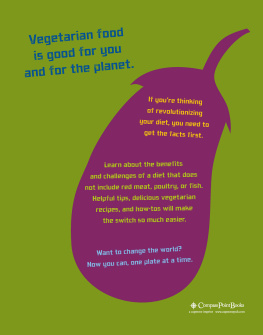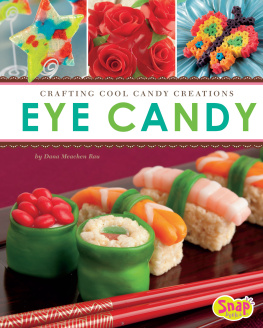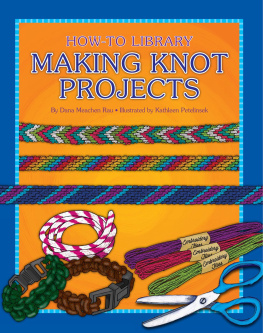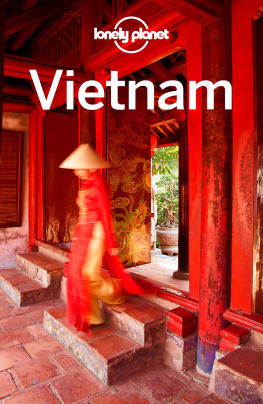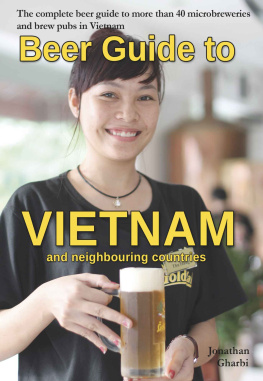

Published in the United States of America
by Cherry Lake Publishing
Ann Arbor, Michigan
www.cherrylakepublishing.com
Content Adviser: Charles Keith, PhD, Department of History,
Michigan State University, East Lansing, Michigan
The author would like to thank Janet Lawler and Kim Nguyen for reviewing this manuscript and sharing their expertise.
Book design: The Design Lab
Photo credits: Cover, Rafal Cichawa/Shutterstock, Inc. and iStockphoto.com/ AlexanderZam; page 4, Eddy Van Ryckeghem/Dreamstime.com; page 6, Cyril Hou/Shutterstock, Inc.; page 8, Bzzuspajk/Shutterstock, Inc.; page 9, dean bertoncelj/Shutterstock, Inc.; page 10, Scubabartek/Dreamstime.com; page 12, beboy/Shutterstock, Inc.; page 14, Anibal Trejo/Shutterstock, Inc.; page 15, Marilo Bertomeu/Shutterstock, Inc.; page 17, imagebroker/Alamy; page 18, ITAR-TASS Photo Agency/Alamy; page 19, Fotogroove/Shutterstock, Inc.; page 20, Piero Cruciatti/Dreamstime.com; page 21, Paul Thompson Images/Alamy; page 22, zeber/Shutterstock, Inc.; page 25, Juha Sompinmki/Shutterstock, Inc.; page 26, Valery Shanin/Shutterstock, Inc.; page 27, Hans Kemp/Alamy; page 29, David R. Frazier Photolibrary, Inc./Alamy; page 30, Skip Nall/Alamy; pages 34 and 40, Nigel Spiers/Dreamstime.com; page 35, Supereagle/Dreamstime.com; page 36, Kumikomurakamicampos/Dreamstime.com; page 39, Margouillat/Dreamstime.com; page 42, Louise Rivard/Dreamstime.com; page 43, Josef Muellek/Dreamstime.com; page 44, Koon Hong Kang/Dreamstime.com; page 45, Stephen Lloyd Vietnam/Alamy
Copyright 2012 by Cherry Lake Publishing
All rights reserved. No part of this book may be reproduced or utilized in any form or by any means without written permission from the publisher.
Library of Congress Cataloging-in-Publication Data
Rau, Dana Meachen, 1971
Its cool to learn about countries. Vietnam/by Dana Meachen Rau.
p. cm.(Social studies explorer)
Includes index.
ISBN-13: 978-1-61080-097-6 (library binding)
ISBN-10: 1-61080-097-4 (library binding)
1. VietnamJuvenile literature. I. Title. II. Title: Vietnam.
DS556.3.R38 2012
959.7dc22 2010053751
Cherry Lake Publishing would like to acknowledge the work of The Partnership for 21st Century Skills. Please visit www.21stcenturyskills.org for more information.
Printed in the United States of America
Corporate Graphics Inc.
July 2011
CLFA09
TABLE OF CONTENTS
CHAPTER ONE
Welcome to Vietnam!
CHAPTER TWO
Business and Government in Vietnam
CHAPTER THREE
Meet the People
CHAPTER FOUR
Celebrations!
CHAPTER FIVE
Whats for Dinner?
CHAPTER ONE
WELCOME TO VIETNAM!

If you look at a globe, it is easy to spot Asia. It is the largest continent in terms of land. It is also the continent with the most people. The combined population of Asias many countries is in the billions! Lets stop in one of these countriesVietnamto explore life on the other side of the world.

Vietnam is long and skinny. It is tucked along the southeastern edge of Asia, next to the Gulf of Tonkin and the South China Sea. Laos and Cambodia border it to the west, and China borders it to the north. Vietnams total area is about 128,000 square miles (332,000 square kilometers), making it a little larger than the state of New Mexico. Almost 90 million people live in Vietnam.

Wider at the top and bottom, and skinny in the middle, Vietnam has three regions: Bac Bo (northern), Trung Bo (central), and Nam Bo (southern). The landscape of the north contains mountains, hills, and plains. Fan Si Pan, the countrys highest peak, stands in the north. The Red River and other waterways cross this area. Crops such as rice grow in the fertile plains along these rivers. This region is also home to Hanoi, the countrys capital.
The Truong Son Mountains run down the western edge of central Vietnam. But on the eastern side, youll find the beaches and harbors of the coast. The central region gets some of the worst weather. Swirling storms with high winds called typhoons often crash into the shore.


The Mekong River is an important waterway running through southern Vietnam. Sometimes it is called the River of Nine Dragons because it splits into nine smaller rivers before it empties into the South China Sea. The land around this wide delta is rich for farming. The countrys largest city, Ho Chi Minh City (formerly called Saigon), lies in the south.
From the rugged mountains to the sunny beaches, Vietnam has breathtaking views of nature. In Ha Long Bay, more than 3,000 islands rise up from the water Legend says that the islands formed when a dragon dropped jewels and jade into the clear bay.
Vietnam has a tropical climate, meaning it is typically warm and wet. The northern part of the country has four seasons. Summers are hot and humid, with temperatures often rising above 90 degrees Fahrenheit (32 degrees Celsius). Winters are much drier and cooler. The south has only two seasons. The rainy season runs from May to September. The dry season runs from October through April. Throughout the year, the high temperature in the south hovers around 90F (32C). In both the north and the south, the climate is much milder in the mountains. All across the country, monsoon winds blow in from the southwest during summer and early fall, often bringing heavy rain.


ACTIVITY

Rivers flow downhill, from high areas to low areas, until they eventually flow into the ocean. many rivers start in one country and end in another. Place a piece of paper over the map above and trace the route of the mekong river. Find its start in China. Then follow its route through Laos, Cambodia, and Vietnam until you reach the ocean. Why do you think people first settled along rivers? how might rivers have helped them travel, farm, and survive?





